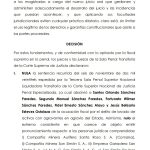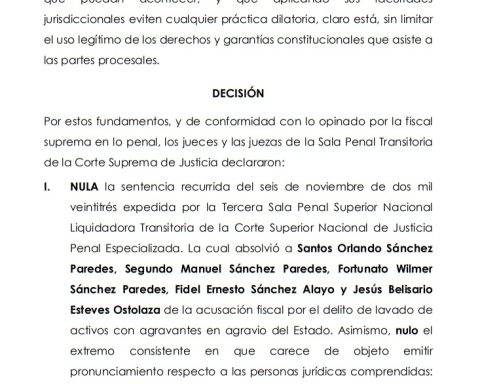
July 8, 2023, 10:12 PM
July 8, 2023, 10:12 PM
A study by the Inter-American Development Bank (IDB) predicts that by 2050 the temperature will increase by up to 4°C in Latin America and the Caribbean, especially in the tropical and Andean zone of South America, which it can cause lower yields of essential crops such as soybeans, wheat, corn and rice.
“Where global warming would increase the most would be in the tropical part of South America, which also includes the Andean region, and this would have a severe effect on essential crops such as rice, wheat, corn, soybeans. That is why it is so important to take in the short term actions to mitigate the impact climate change”, remarked Liliana Castilleja, IDB Country Representative in Bolivia, during the 2023 Economic Forum of the Santa Cruz Chamber of Industry, Commerce, Services and Tourism (Cainco).
Faced with this scenario, the Bolivian State “must adapt faster and faster to all these changesto increase productivity and maintain environmental sustainability, which can be achieved by increasing productivity and competitiveness,” he said.
The study “Bet on agriculture to achieve productive diversification” also predicts that in some areas the suitability conditions for sugar cane, bananas and coffee will decrease.
For Bolivia, it also estimates increases of between 0.8 and 1.7 degrees Celsius for 2030 and 1 to 2 degrees for 2050, with a differentiation that indicates that “the temperatures of the eastern regions will increase moreespecially in the months without rain.
The document considers that Bolivia is a country particularly vulnerable to the impacts of climate change due to its geographical and social characteristics, as well as the impact of global warming on its agriculture.
“In recent years, droughts and floods in the country have increased both in frequency and incidence (…). In 2016, the losses represented 1.3% of GDP and affected 6.1% of the population, one of the highest percentages in the Andean countries”, he indicates.
To face the situation, Castilleja suggested having specific support to face the potential risks of global warming from now on, such as crop diversification, having improved varieties, intercropping, recovering deforested soils, and applying practices and technology. environmental.
In the short term, “a measure that could contribute is to have better public-public coordination and better public-private coordination in aspects ranging from bureaucratic obstacles to pest control issues, new diseases and improving access to global export markets”, among others, he mentioned.















